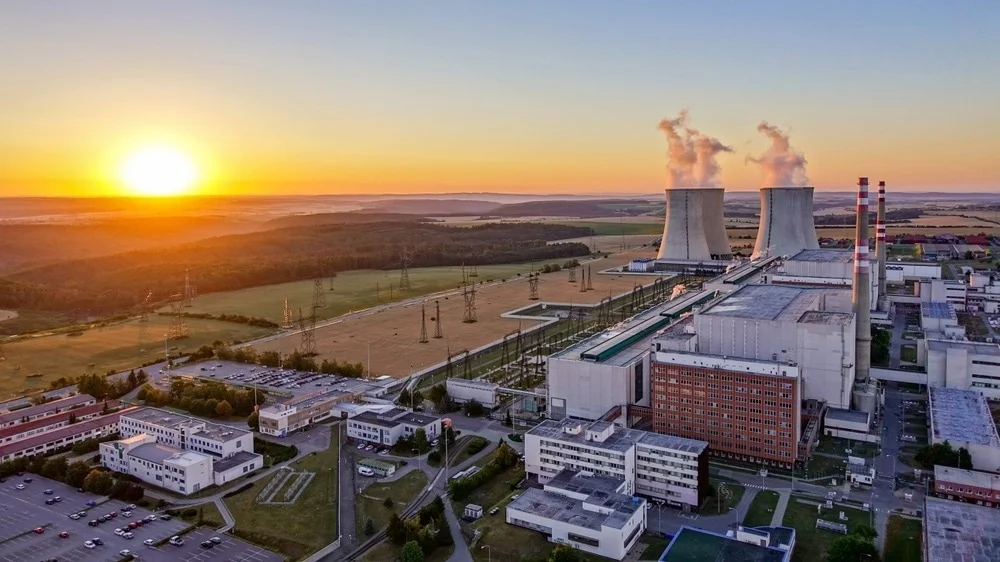Syllabus:
GS-3: Awareness in the fields of IT, Space, Computers, robotics, nano-technology, bio-technology and issues relating to intellectual property rights.
Context:
Recently, China achieved the world’s first thorium to uranium nuclear fuel conversion in a 2 MW thorium molten salt reactor (TMSR).
About Molten Salt Reactors
- The TMSR-LF1 uses fuel enriched to under 20% uranium-235 and has a thorium inventory of about 50 kg with the conversion ratio of about 0.1.
- They are fourth-generation advanced nuclear energy systems that use high-temperature molten salt as a coolant.
- They boast inherent safety features, cool without water, run at atmospheric pressure, and deliver a high-temperature output.
Key Advantages
Higher Efficiency: Liquid fuel in molten salt form enables continuous circulation and on-the-fly refuelling without reactor shutdowns, improving fuel utilisation. The reactor can extract up to 90% of energy from thorium fuel.
Reduced Waste and Proliferation Risk:
- Thorium fuel cycles produce significantly less long-lived radioactive waste and are less suitable for weaponization, enhancing environmental and geopolitical safety.
- The technology supports carbon-neutral power generation with minimal radioactive footprint.
Water-Free Cooling: Usage of molten salt coolant removes the dependency on water, making these reactors suitable for arid regions and reducing risk of coolant loss accidents.
Enhanced Safety: TMSRs operate at atmospheric pressure, eliminating risks of high-pressure explosions associated with traditional reactors. Passive safety features allow automatic shutdown if overheating occurs.
Challenges
- Technical Complexity: Molten salt reactor technology and thorium fuel cycles are complex, with challenges in materials durability under high temperatures and radiation.
- Coolant Cycle Management: Although waste is reduced, handling and reprocessing of molten salt coolant require advanced technologies.
- High Initial Costs: Developing demonstration and commercial reactors involves significant investment and engineering efforts.
- Regulatory and Safety Framework: Establishing robust safety standards and regulatory mechanisms for new reactor types remains an ongoing process.
- Scale-up Risks: Demonstrating commercial viability at larger scale reactors by 2035 demands overcoming technological and financial risks.
Way Forward
- Accelerated R&D: Continued innovation in materials science, reactor design, and fuel reprocessing to address technical challenges and improve system efficiency.
- International Collaboration: Partnering with other thorium-rich countries and nuclear research institutions to share knowledge and build global standards.
- Policy Support: Strong government commitment for funding, regulatory approval, and industrial partnerships to support commercial deployment.
- Public Awareness and Safety Transparency: Building trust through transparency about safety, environmental impact, and waste management.
- Diversification of Applications: Extending thorium molten salt reactor applications to maritime vessels, remote locations, and space exploration for wider strategic benefits.

